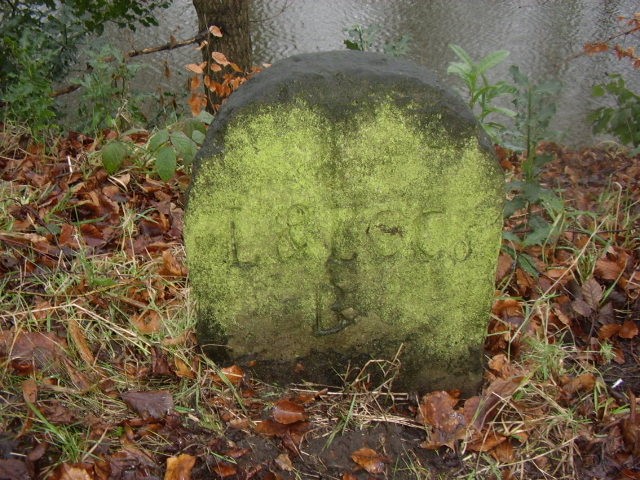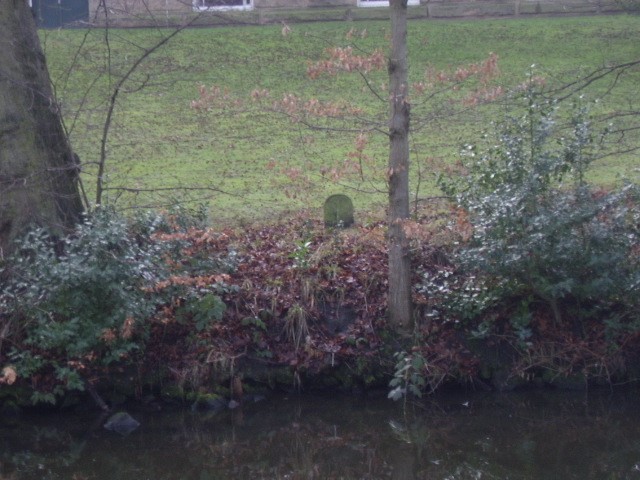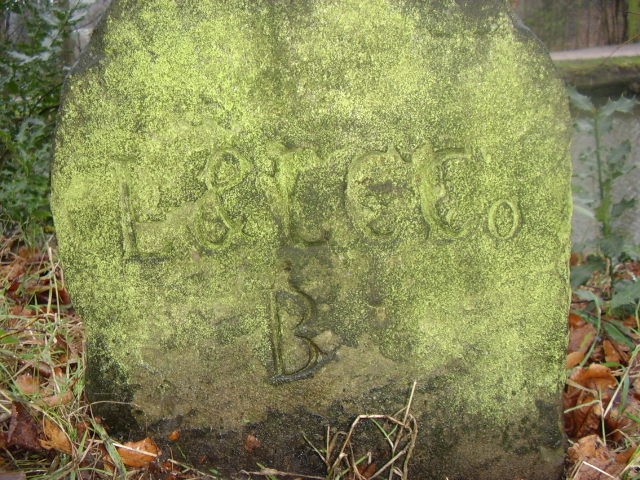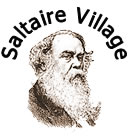Researched & written by Peter J Bottomley
Added to website: 12 July 2022
There are many stone carvings easily visible on the many beautiful buildings in Saltaire. Some are plain but some are very ornate and tell a story about the beginnings of Sir Titus Salt’s vision of how the village was first thought of and how it would be in future years. When the 1853 mill was up and running weaving alpaca worsted cloth, the houses were built for the first workers he employed. Afterwards there was the Church, town hall, school, hospital and the other buildings that make a modern village.
When walking around the village people have taken many thousands of photos of these buildings and carvings, from the heads carved on the town hall to the intricate triangular murals of Alpaca on the hospital and school. There are also lions, gargoyles, birds, fruit and flowers, and on the Pace building, two workers at their sewing machines. Many words are carved as well as some dates and some names of the buildings, but the best to me is `Quid Non Deo Juvante` (What can we not do with God’s aid) on the Leeds Road end of the Hospital mural which faces down Victoria Road. So since 1853 to now the carvings have been around, either looked at, drawn or just passed by.
Since Titus Salt first bought the farmer`s land out in the countryside by the River Aire and the Leeds/Liverpool canal which became Saltaire, people have been working, living and visiting it. Now people come from far afield to see the village, 1853 Mill, Roberts Park and also to enjoy the fresh air on walks around the local area.
On one of my many visits to the area taking photos and walking on the canal from Saltaire to Hirstwood and back, I have noticed in the Church grounds a small stone which I thought was a grave stone for a pet. People from the church, village and the historians in the village history club have seen the stone and wondered about it, so one day I decided to take a photo of it and put it on Twitter (@poddi) in one of my local `Where is This?` quizzes. When I took the first photo of the stone I noticed some letters carved on it, so after wiping away some of the moss I could just about make out the letters, which read `L&L CCo` and a mark which looked like a star. At first I didn’t know what the letters meant but worked it out as Leeds and Liverpool Canal Company.



After a few weeks and another visit and photos taken, I got in touch with the Canal & Rivers Trust to ask them what the stone represented. I found out that the stone is a canal boundary marker and these were put on the opposite side to the footpath in fields to mark the land which the company owned and would maintain. This was normally about 2 yards into the fields.
Then I looked into when the canal was first opened in Saltaire. It was opened from Gargrave to Leeds on Saturday 12th of March 1774, and the Reformed Church was built in 1856 when Caroline Salt laid the ground stone, under which she also put a sealed bottle containing a coin, the Bradford Observer and signatures of the people present at the ceremony. So the canal stone would have been put down in the field sometime around 1774. This was about 80 years before Titus Salt bought the land` thus making the little stone the oldest carving in Saltaire.
Researched & written by Peter J Bottomley




